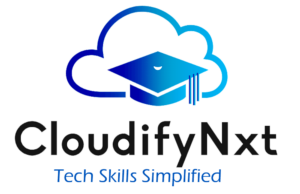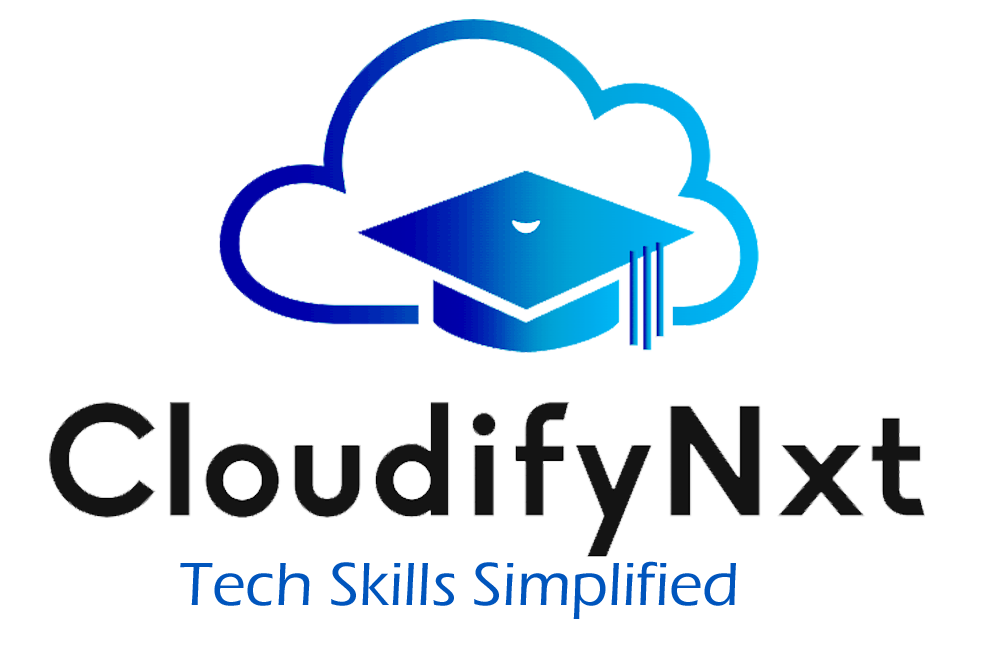
Data Science Projects for Engineering Students with Source Code: Practical Ideas to Boost Your Career
As the demand for data science skills grows exponentially, engineering students are increasingly seeking practical projects to apply their theoretical knowledge. Engaging in data science projects with source code not only strengthens your programming and analytical skills but also makes your profile attractive to recruiters and industry leaders.
If you are an engineering student looking for hands-on experience and ready-to-run source codes to learn and experiment, this article covers the best data science project ideas for engineering students tailored for real-world applications.
Contents
- 1 Why Engineering Students Should Focus on Data Science Projects
- 2 Top 12 Data Science Projects for Engineering Students with Source Code
- 2.1 1. Predictive Maintenance Using Sensor Data
- 2.2 2. Loan Default Prediction
- 2.3 3. Sentiment Analysis on Social Media Texts
- 2.4 4. Image Recognition for Handwritten Digit Classification
- 2.5 5. Stock Price Forecasting
- 2.6 6. Customer Segmentation for Marketing
- 2.7 7. Fake News Detection Using NLP
- 2.8 8. Traffic Flow Prediction Using Machine Learning
- 2.9 9. Employee Attrition Prediction
- 2.10 10. Real-Time Weather Prediction
- 2.11 11. Movie Recommendation System
- 2.12 12. Energy Consumption Forecasting
- 3 Must-Know Tools and Technologies for These Projects
- 4 How to Access and Use Source Code Effectively
Why Engineering Students Should Focus on Data Science Projects
Working on projects is vital to understand the practical implementation of concepts like machine learning, data analytics, and artificial intelligence. Here’s why:
-
Real-World Exposure: Projects simulate actual challenges faced by companies.
-
Improved Programming Skills: Practice Python, R, SQL, and libraries extensively used in data science.
-
Enhanced Problem-Solving Abilities: Data wrangling, feature engineering, and model building sharpen analytical thinking.
-
Build a Portfolio: Showcase your completed projects with source code to potential employers.
-
Interview Readiness: Hands-on projects prepare you for technical questions and case studies during recruitment.
Top 12 Data Science Projects for Engineering Students with Source Code
Let’s explore practical project ideas that cover essential data science skills and technologies. Each project can be implemented using Python, a preferred language in the data science community.
1. Predictive Maintenance Using Sensor Data
Overview: Predict machinery failure by analyzing sensor data such as temperature and vibration to schedule timely maintenance.
Key Techniques: Time-series analysis, classification algorithms (Random Forest, SVM)
Outcome: Reduce downtime and operational costs in manufacturing.
2. Loan Default Prediction
Overview: Build a model to classify borrowers who are likely to default on loans based on their credit history and financial data.
Key Techniques: Logistic regression, decision trees, data preprocessing
Outcome: Helps banks minimize financial risks.
3. Sentiment Analysis on Social Media Texts
Overview: Classify social media posts or reviews into positive, neutral, or negative sentiments using Natural Language Processing (NLP).
Key Techniques: Text cleaning, TF-IDF, Naive Bayes classifier, LSTM
Outcome: Enables companies to understand customer opinions and market trends.
4. Image Recognition for Handwritten Digit Classification
Overview: Use deep learning models to classify images of handwritten digits (e.g., MNIST dataset).
Key Techniques: Convolutional Neural Networks (CNN), Keras, TensorFlow
Outcome: Applies to postal code recognition, digitization projects.
5. Stock Price Forecasting
Overview: Predict future stock prices using historical data and advanced models.
Key Techniques: LSTM networks, ARIMA, feature scaling
Outcome: Assist investors with data-driven trading decisions.
6. Customer Segmentation for Marketing
Overview: Group customers based on purchasing behavior for targeted marketing campaigns.
Key Techniques: K-means clustering, PCA, data visualization
Outcome: Enhance marketing effectiveness and customer engagement.
7. Fake News Detection Using NLP
Overview: Build a classifier to identify fake news articles by analyzing text content.
Key Techniques: Text vectorization, Support Vector Machines, dataset balancing
Outcome: Promote reliable information consumption.
8. Traffic Flow Prediction Using Machine Learning
Overview: Forecast urban traffic congestion based on past traffic data.
Key Techniques: Time series forecasting, regression models, LSTM
Outcome: Improve traffic management and reduce commute times.
9. Employee Attrition Prediction
Overview: Predict whether employees are likely to leave based on historical HR data.
Key Techniques: Classification algorithms, feature importance analysis
Outcome: Helps HR in workforce retention strategies.
10. Real-Time Weather Prediction
Overview: Use historical weather data to predict upcoming weather conditions.
Key Techniques: Regression models, time series analysis
Outcome: Supports planning in agriculture, events, and travel.
11. Movie Recommendation System
Overview: Recommend movies to users based on their previous ratings and preferences.
Key Techniques: Collaborative filtering, matrix factorization, cosine similarity
Outcome: Personalizes user experience in streaming platforms.
12. Energy Consumption Forecasting
Overview: Predict electricity demand in households or cities for better energy management.
Key Techniques: Regression analysis, ARIMA, neural networks
Outcome: Optimize energy distribution and reduce wastage.
Must-Know Tools and Technologies for These Projects
To effectively work on these projects, mastery of certain tools is crucial:
-
Programming Languages: Python (preferred), R
-
Data Manipulation: Pandas, NumPy
-
Machine Learning Libraries: Scikit-learn, XGBoost, LightGBM
-
Deep Learning Frameworks: TensorFlow, Keras, PyTorch
-
NLP Libraries: NLTK, SpaCy, TextBlob
-
Visualization: Matplotlib, Seaborn, Plotly
-
Version Control: Git and GitHub for source code management
How to Access and Use Source Code Effectively
For students seeking source code along with project ideas:
-
Look for projects with well-commented code for easier understanding.
-
Clone or download the repositories to experiment locally.
-
Customize parameters and features to test different scenarios.
-
Combine multiple projects to create advanced solutions.
-
Use version control tools like Git to track your progress.
